These hinges are much deeper, and more robust, than the standard ones attached to the temple wires. In fact, they are so wide that they were really difficult to attach (there's only a millimetre or so of space between the edge of the hinge and the edge of the temple). The solution that Matt came up with was to leave an 'ear' of acetate either side of the hinge, to give him something to hold onto while positioning the hinge. Then after it's riveted on he removes the ear with a file, leaving the hinge perfectly in place.
The final job, and probably the most skilled, is polishing. This not only makes the frames shiny, it also shapes them to a large extent. polishing takes a long time, about 10 minutes per frame section, on each grade of polish, and there are 3 frame sections to a pair of glasses, and 4 grades of polishing!

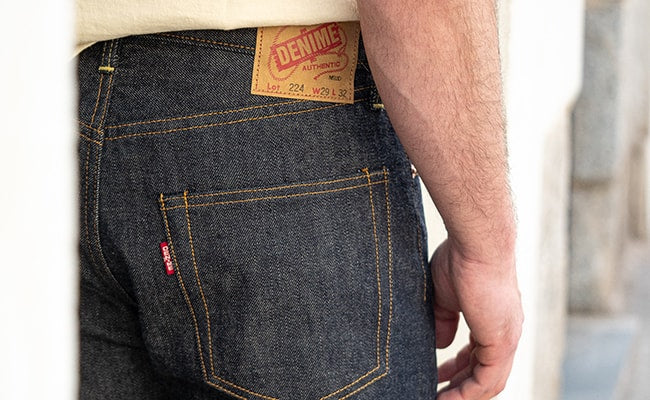
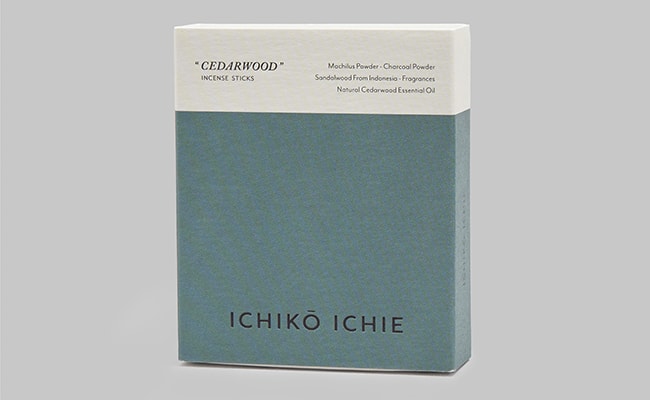
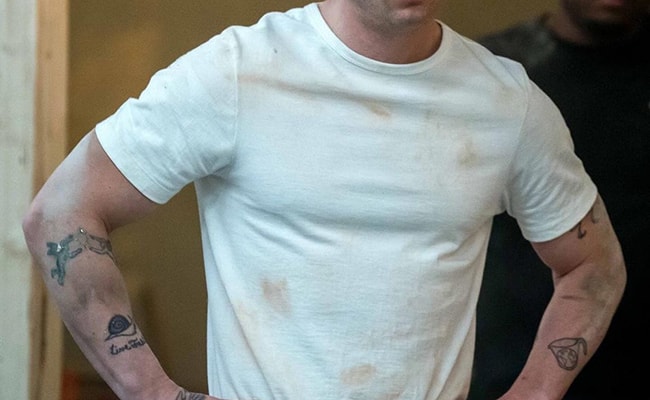
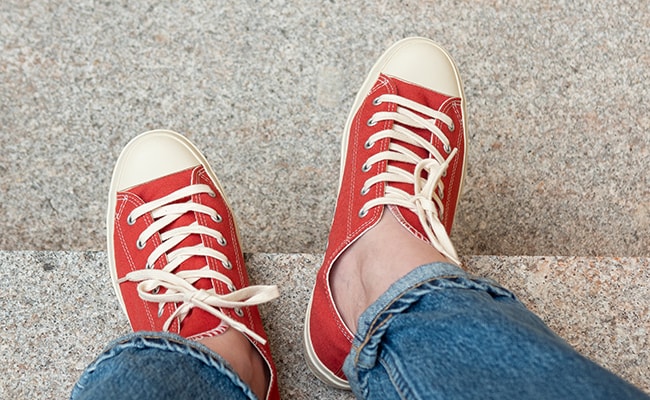
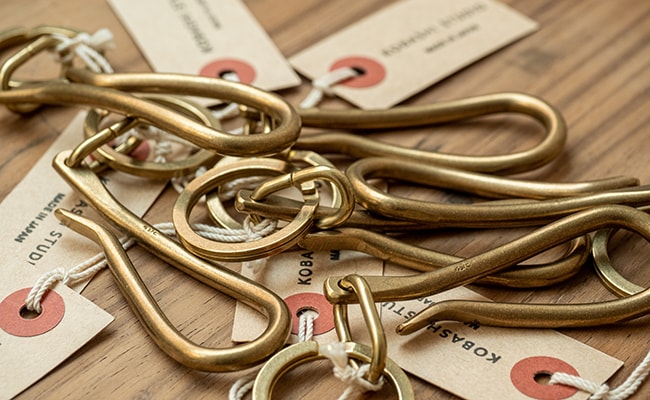

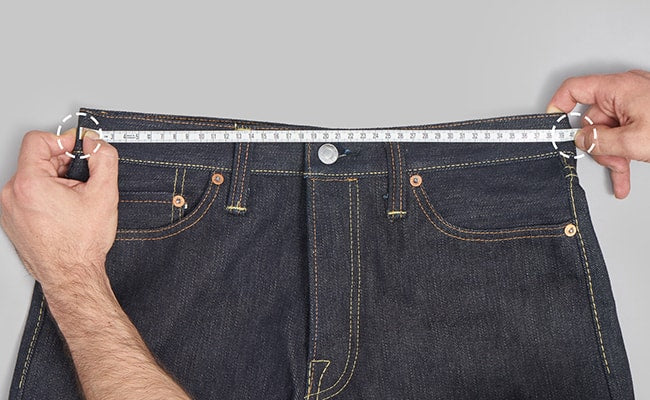
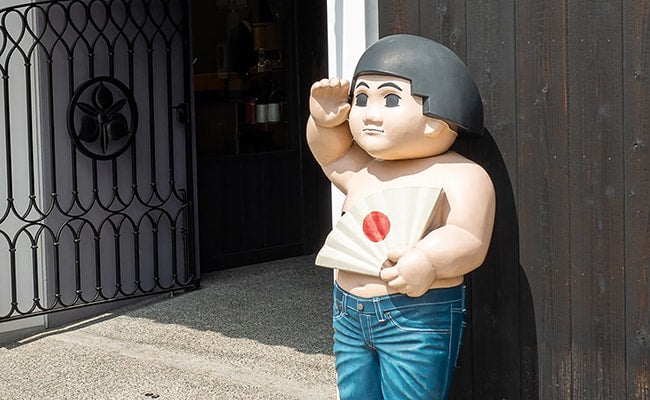
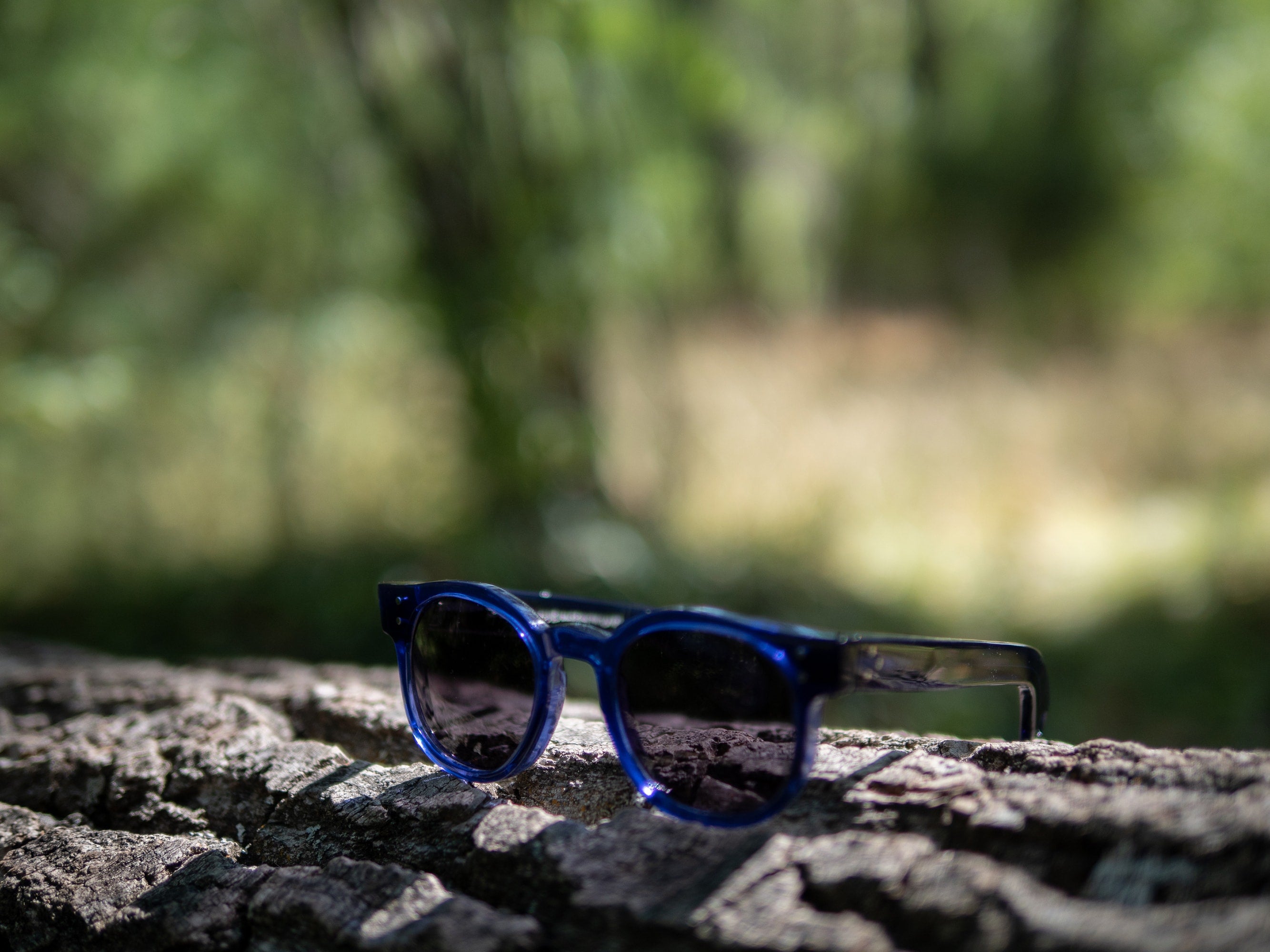
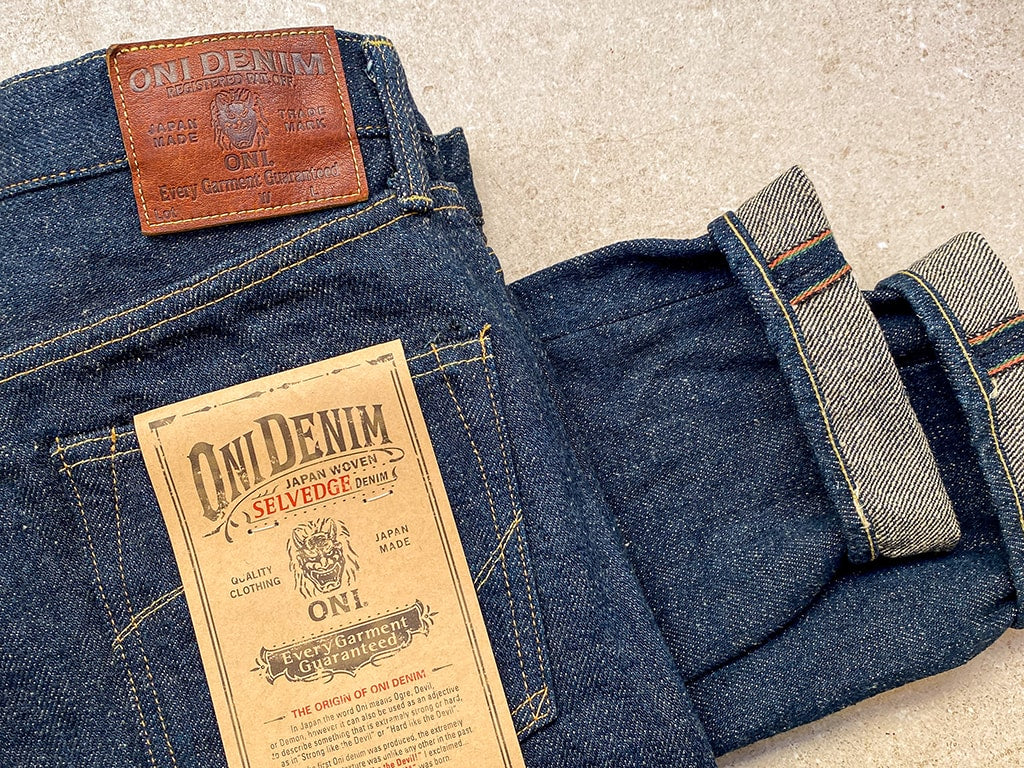
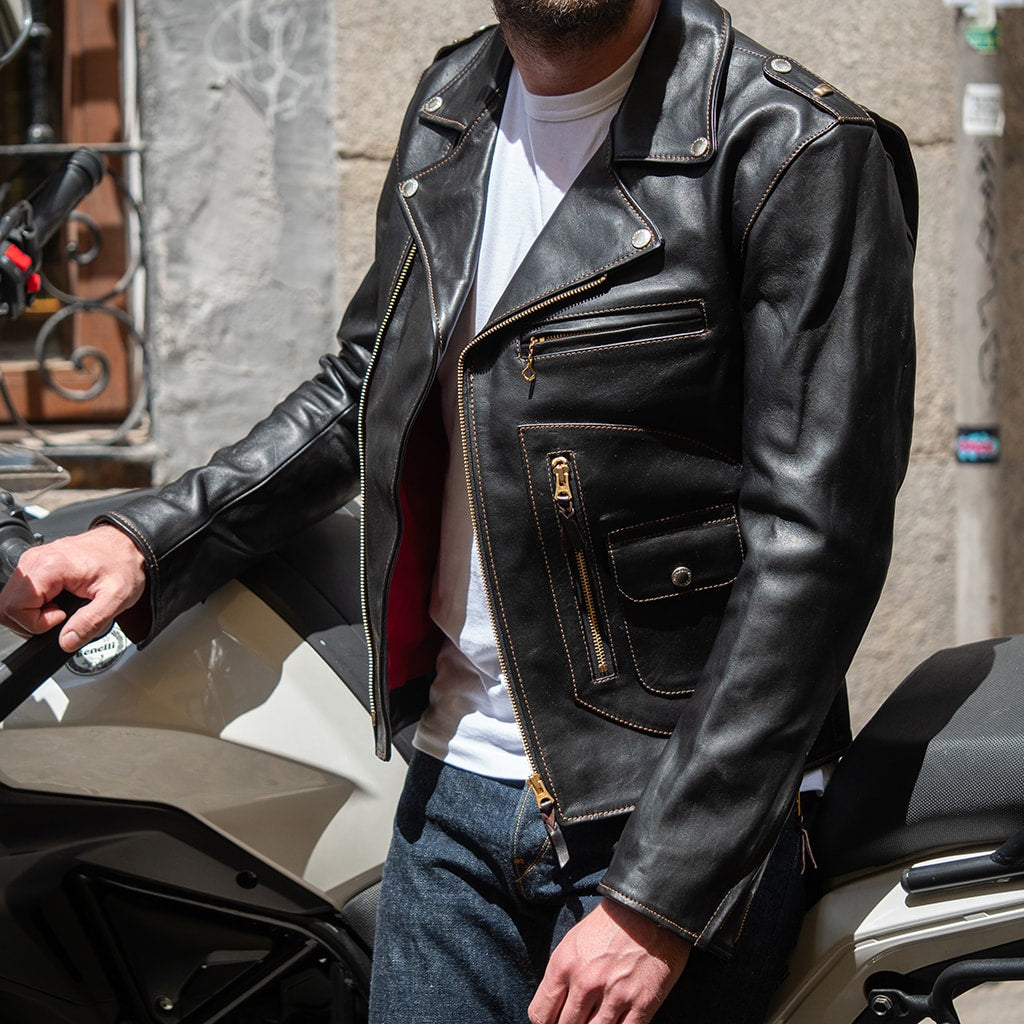
Leave a comment
This site is protected by reCAPTCHA and the Google Privacy Policy and Terms of Service apply.